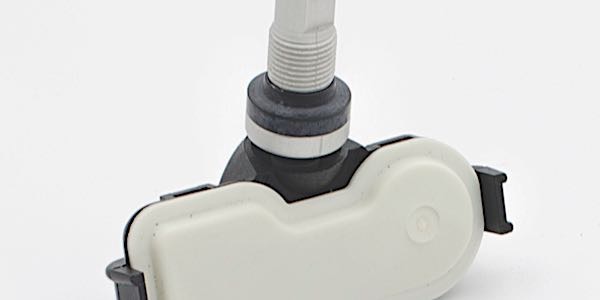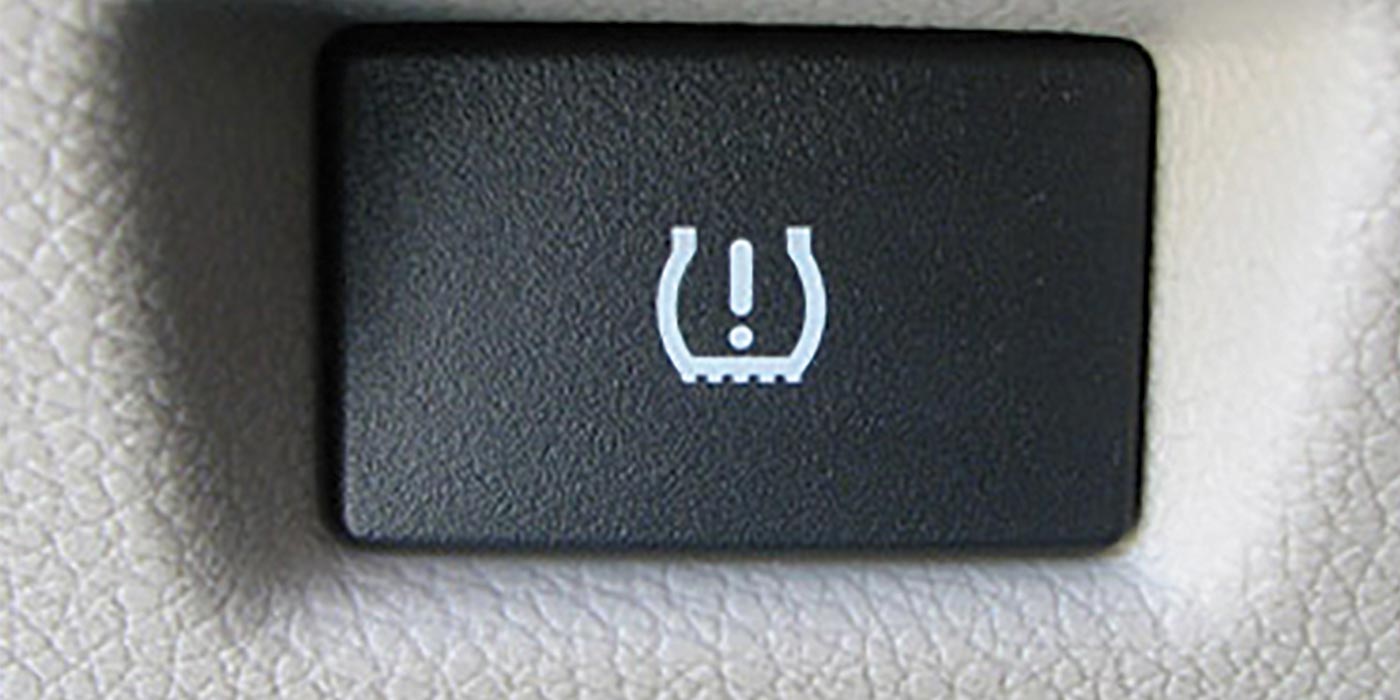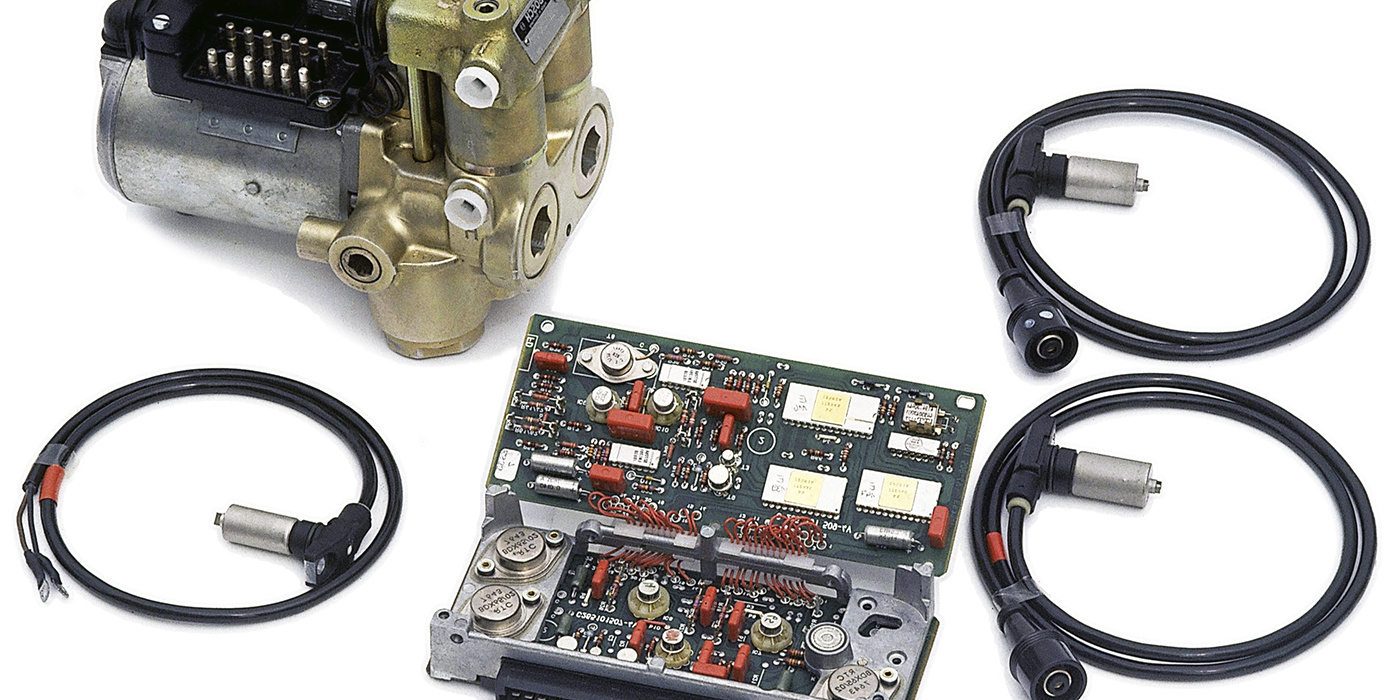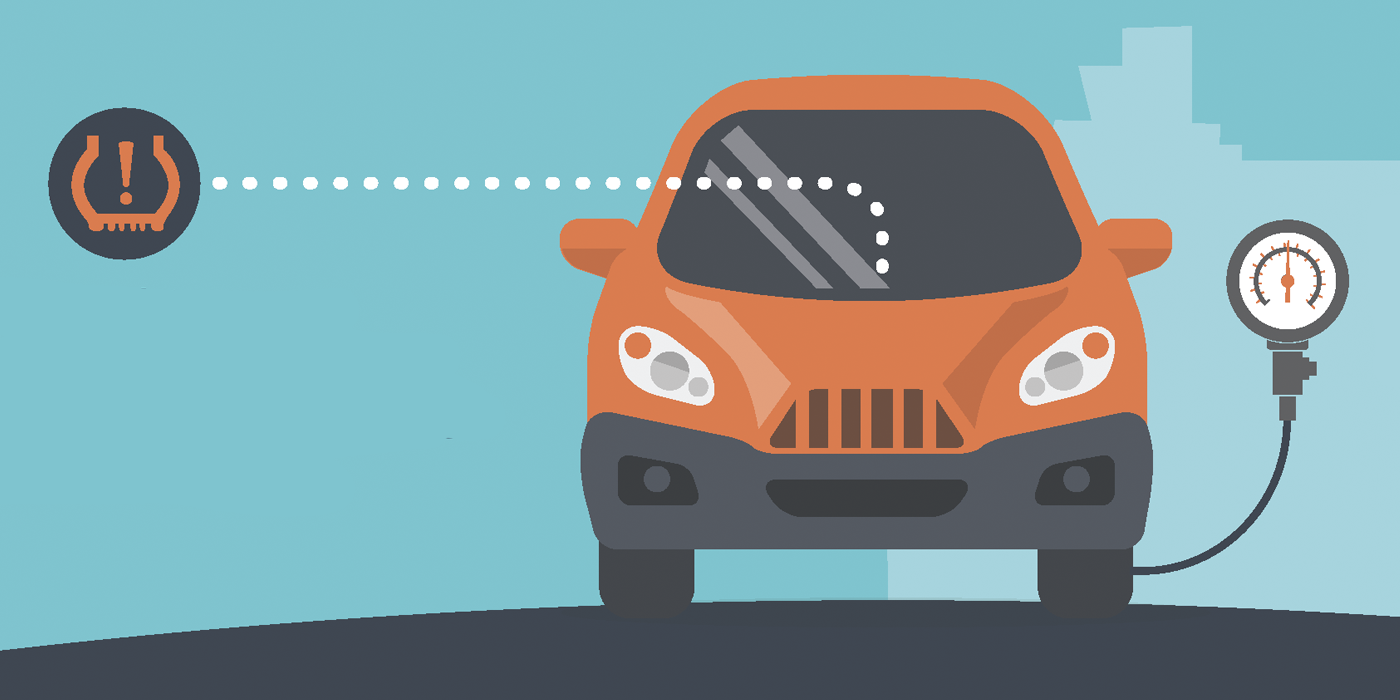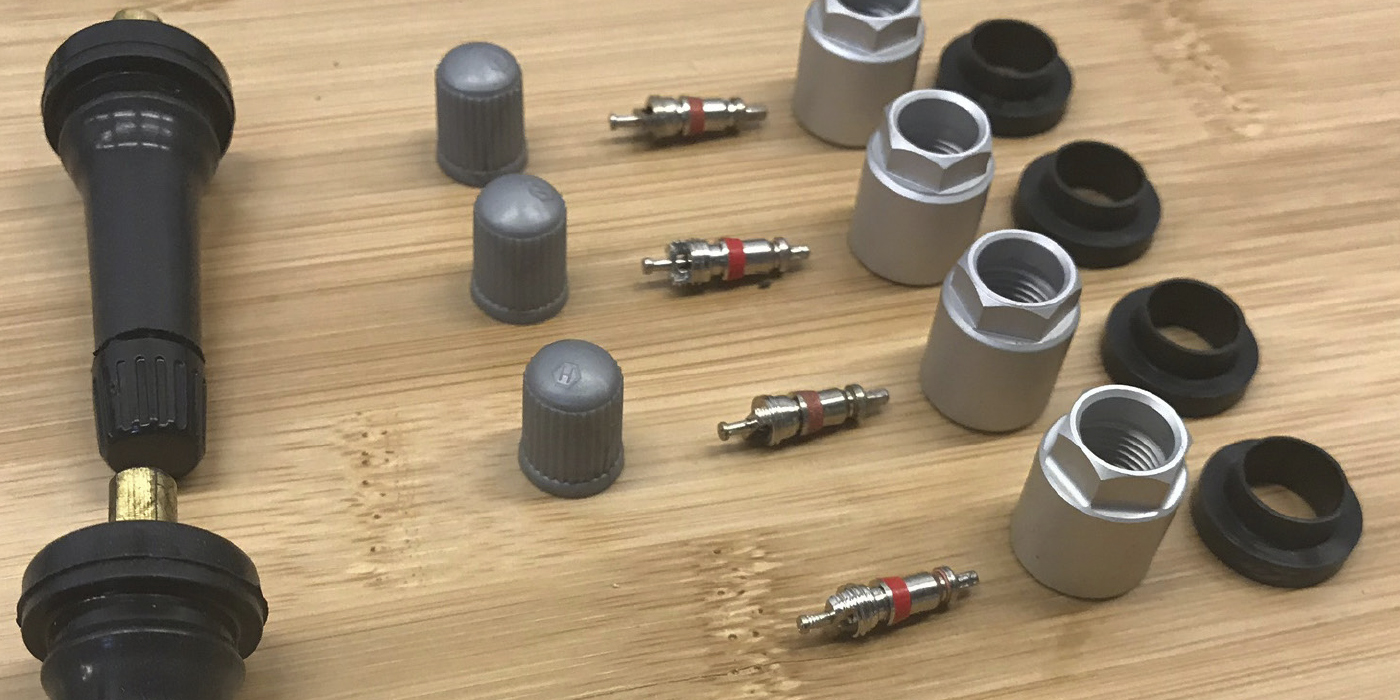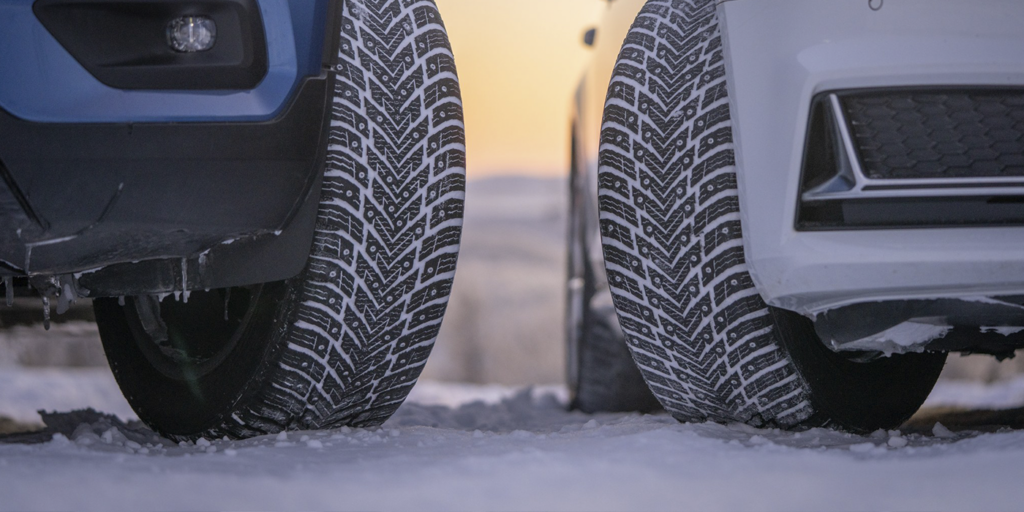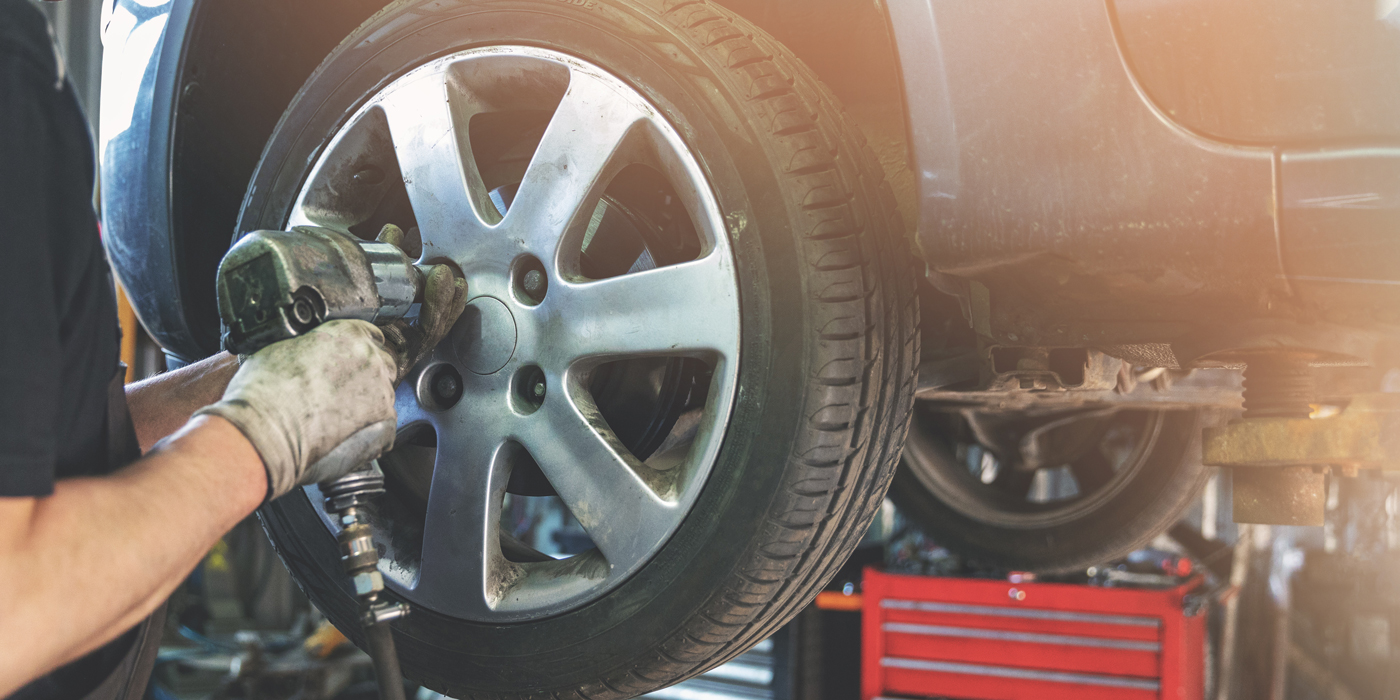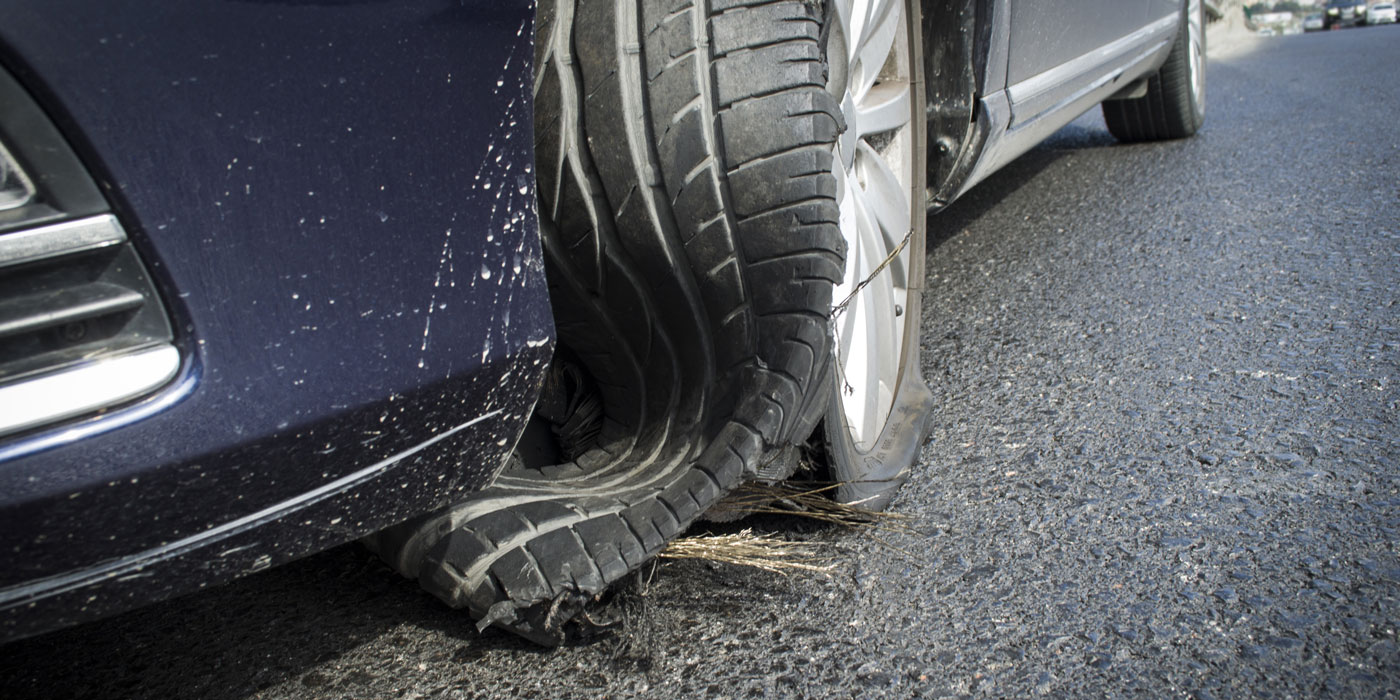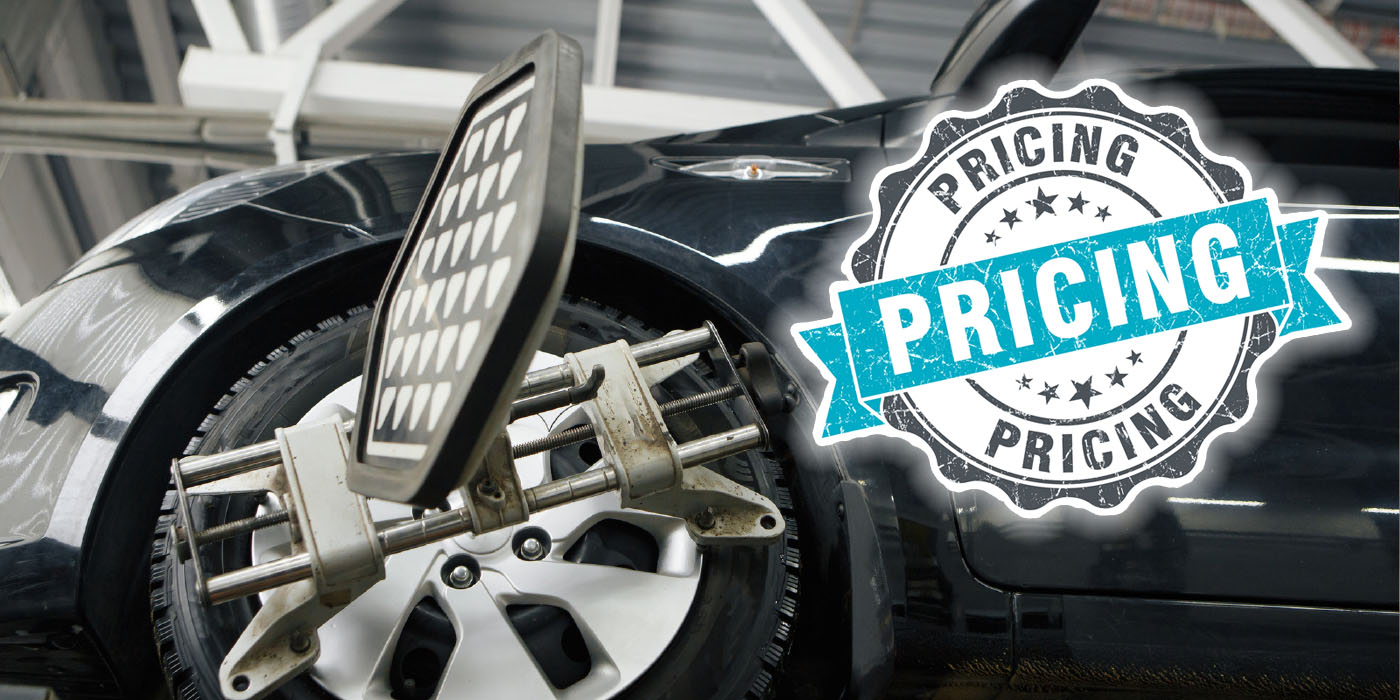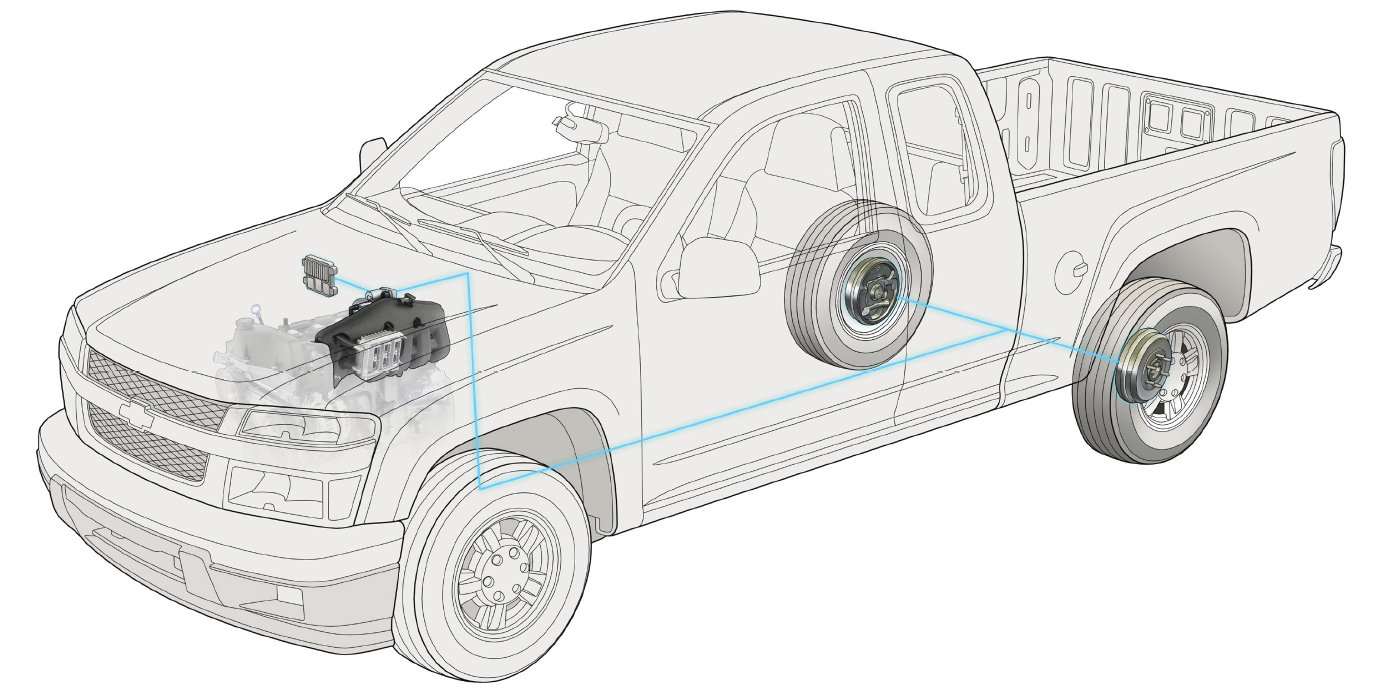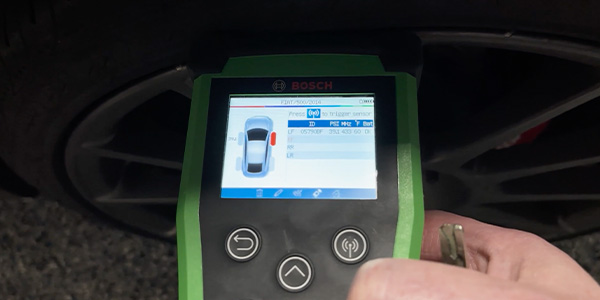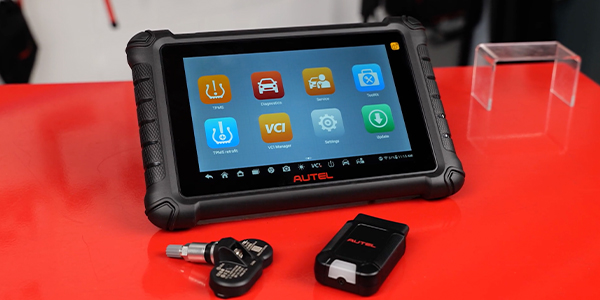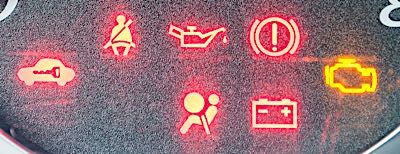 Is The Check Engine Light On? Are There Codes?
Is The Check Engine Light On? Are There Codes?
If you are having problems with a relearn procedure or the TPMS light won’t go out after a test drive, look to see if the check engine light is on or if there are any codes related to the modules that communicate with the TPMS. If there are any codes for loss of communication, serial data bus errors or low voltage, it could be an indication that there are other problems with one or more of the serial data buses. Most TPMS systems do not have a direct connection to the TPMS light in the instrument cluster. The command to turn on the TPMS light might go through an ABS, keyless entry or other module that acts as a gateway.
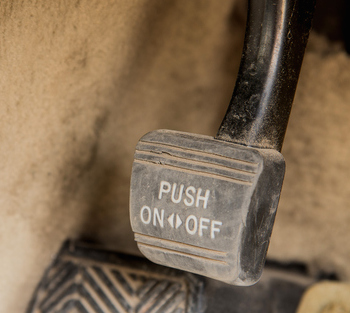
Check The Parking Brake
For some relearn procedures, it is essential that the parking brake is functioning. If the parking brake is not turning on the brake light in the instrument cluster, the procedure can’t be started or will be aborted. You will have to diagnose this problem first.
Check The Brake Pedal Switch
On some vehicles, it is essential that the brake pedal be depressed three or more times and the ignition be turned on and off in a set sequence. If the brake pedal switch is not working, the relearn procedure can’t be initiated.
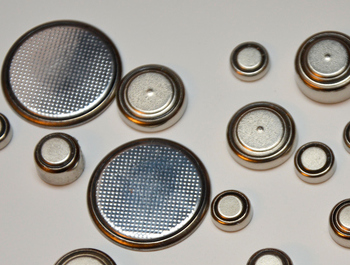 Three Volts Short
Three Volts Short
Some vehicles require the key fob to start a relearn procedure because the TPMS shares the same antenna and module as the keyless entry system. It is not uncommon for the customer to give a shop a weak or dead remote. Some dedicated TPMS tools can diagnose the fob by measuring the signal output. To prevent a dead remote from stopping a relearn procedure, try stocking a variety of three-volt coin-style batteries. Three part numbers can cover 90 percent of the vehicles on the road. The customer will be more than happy to pay for the battery replacement.
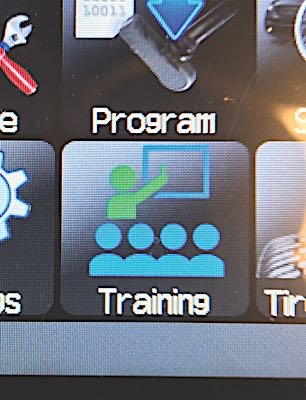 Getting to Know Your Tool
Getting to Know Your Tool
If you have some downtime, spend some time getting to know your TPMS tool and the operator’s manual. Some advanced TPMS tools have some remarkable features that can be missed if you are not looking. Some tools have special functions to test keyless remotes, pull OBDII codes and even guide training.
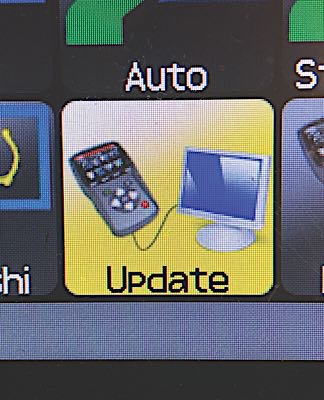 Update Your TPMS Tool
Update Your TPMS Tool
Whenever an update is available for your TPMS tool, do it! Updates contain more than just the latest coverage for the newest car models. Most updates fill in coverage of older vehicles, programming protocols for the latest programmable sensors and fixes for existing software bugs. Delaying updating your tool can cost you more time than the update procedure takes.
 Don’t Forget the Spare
Don’t Forget the Spare
A spare tire typically remains forgotten —mounted to the frame or in the trunk — but for some TPMS systems, it’s a crucial factor in recalibration. If you don’t activate the sensor in the spare tire, the system will give a false reading. Alternatively, an active sensor in the spare tire will be recognized by the vehicle, so it may be the source of the warning light, as well. Always check the spare tire when servicing TPMS.
Replace Sensors as a Set
If a single sensor has reached the end of its lifespan, it is highly recommended to replace all sensors at the same time. Similar to headlights, once one sensor dies, the rest are likely to be close behind. The same is true for a corroded valve stem or other non-impact sensor replacement. This is an important point for your customers to understand and can help you provide the best service for their vehicle. It also is a convenience to them.
Look Up The Sensor Specs
Typical torque values for the base nuts on a TPMS valve stem range from as low as 35 in.-lbs. of torque to as much as 80 in.-lbs. of torque. That’s quite a range. This doesn’t mean that any torque value within this range is acceptable. It means that the torque specifications for the base nut on one vehicle might require 44 in.-lbs., another might require exactly 62 in.-lbs., yet another might specify exactly 71 in.-lbs., and so on. Don’t guess. Look up the torque specifications for the vehicle you’re servicing to make sure you use the correct torque. Most replacement sensors will include the specification printed on the box or on a slip of paper inside the box.

